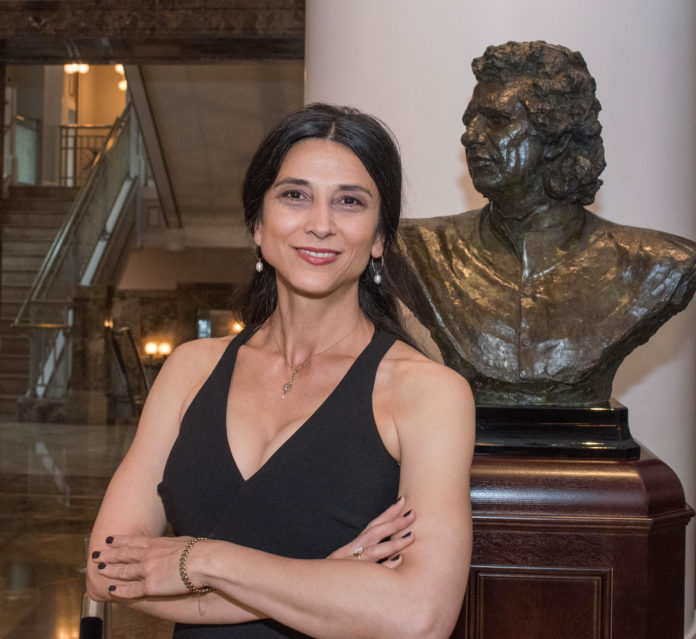
Part of what makes figurative art so magnetic is its expressive potential. This great sculptor shows us one way how.
During the 18th century, German-Austrian sculptor Franz Xaver Messerschmidt (1736–1783) spent the last phase of his career investigating the multifarious ways in which his face could express his extreme emotions. Some have argued that these experiments in sculpture were driven by paranoid ideas and hallucinations, but regardless, they display the range in which personal experience can be conveyed in three-dimensional media.
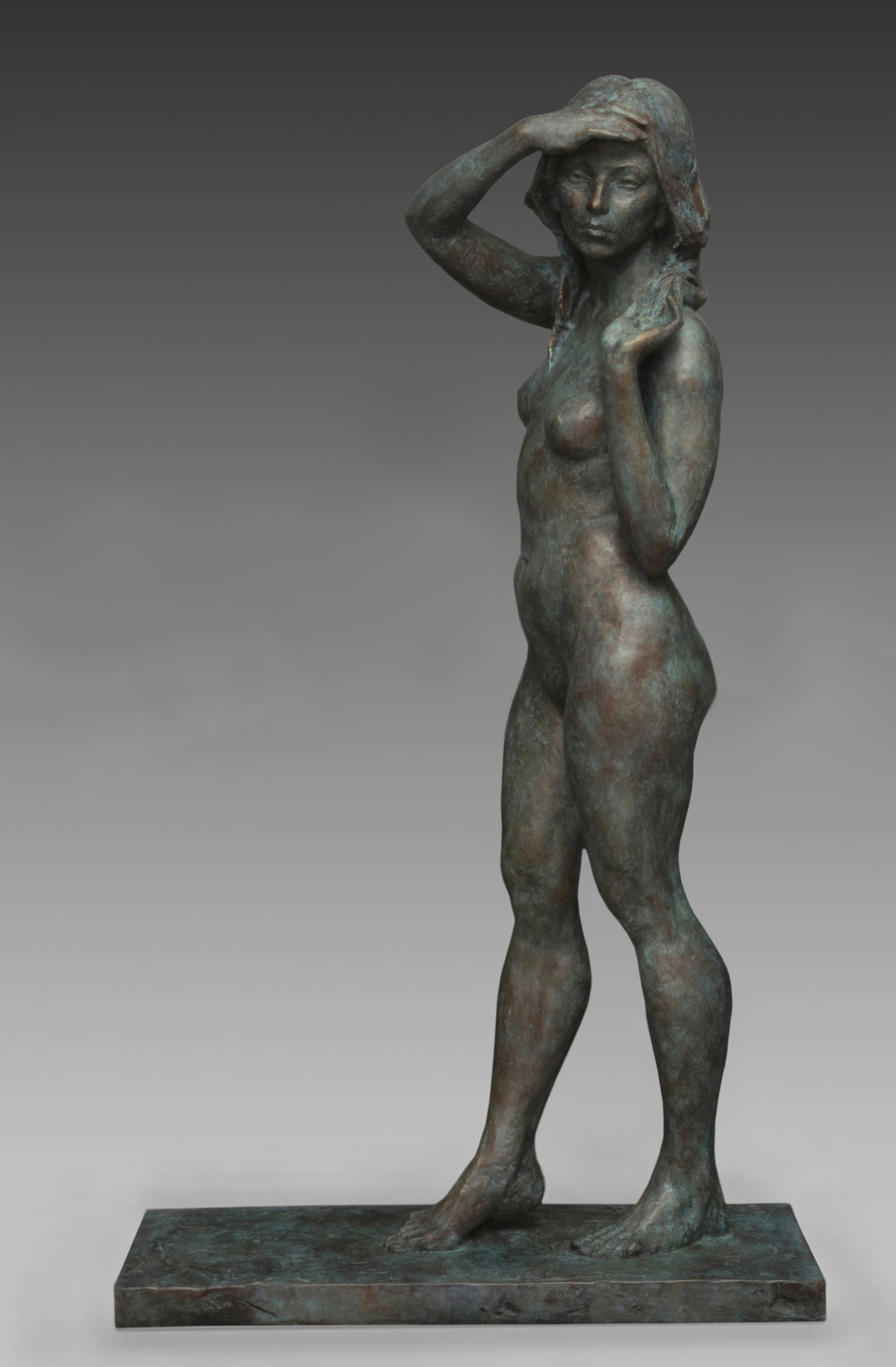
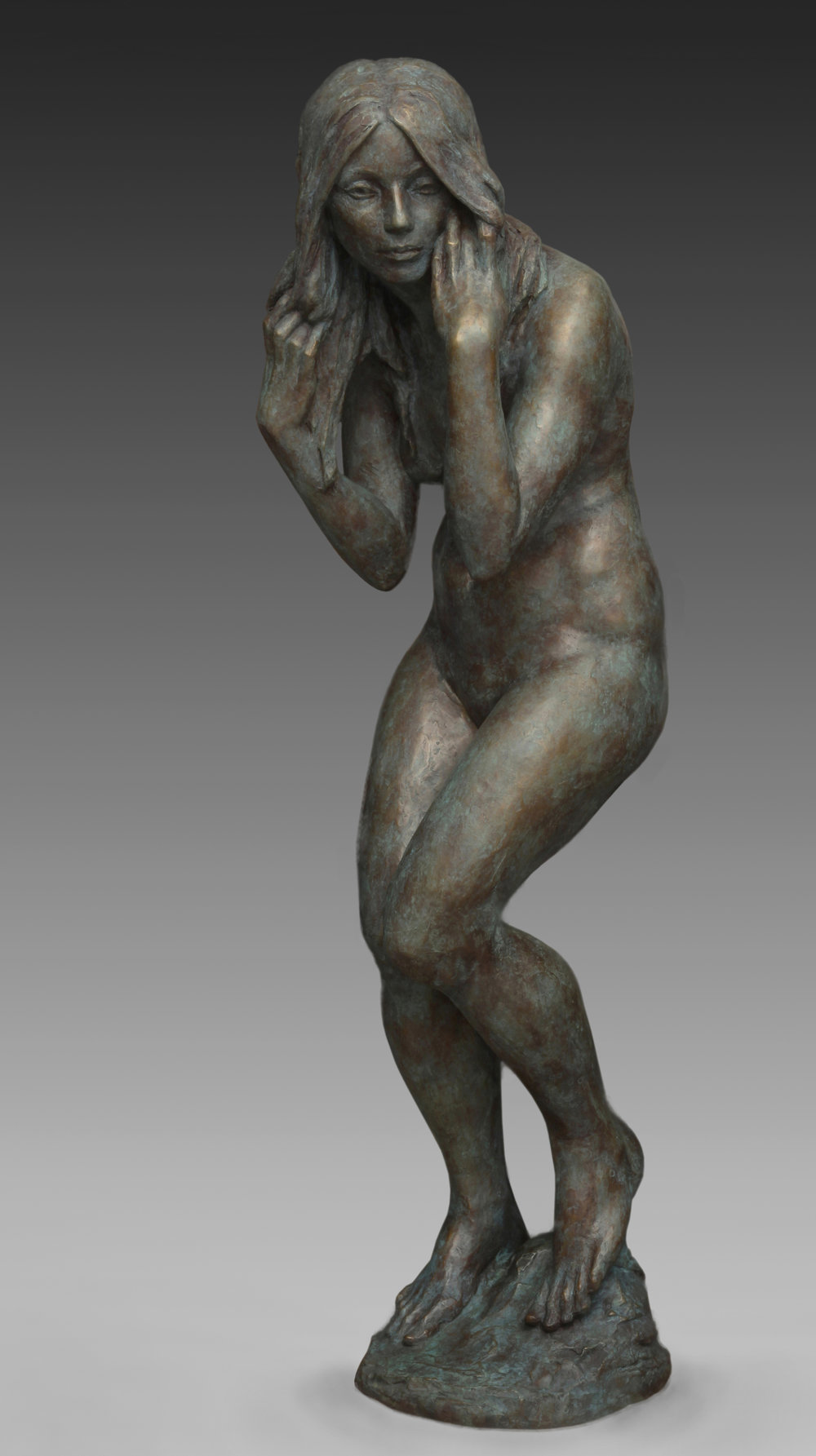
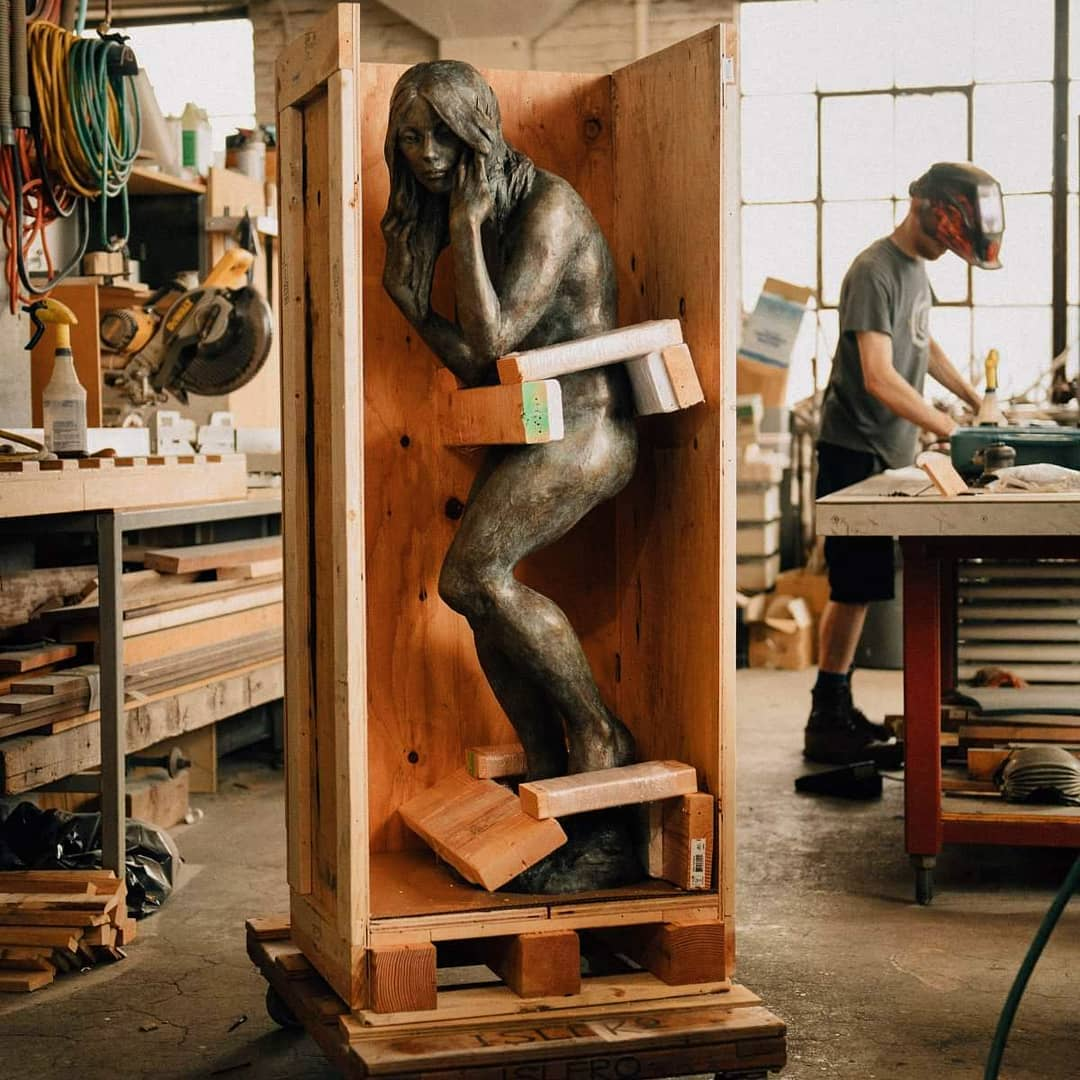
Working in a similar vein — though without the alleged paranoia and hallucination — is renowned sculptor Alicia Ponzio, who has established a far-reaching reputation as one of the most accomplished of figurative artists. “Usually there’s a feeling that I want to describe or express,” Ponzio says. “I look for shapes in nature, in my surroundings, that seem to embody that feeling. In my figure work, many of the subjects are invented rather than chosen. Working from my imagination and memory, I build the pose around the shape. Sometimes I can see the composition from the beginning.”
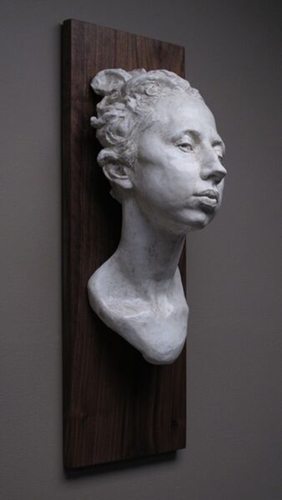
“In a Still Field” is a perfect illustration of this creative process. “I wanted to suggest the feeling of breaking through resistance, using a physical metaphor,” Ponzio explains. “During the time I was working on her, I was often sketching trees in and around San Francisco. I discovered elements of the pose while watching the branches of the trees react to the wind, or seeing how the roots moved through space, turning suddenly to avoid obstacles. The torso of the figure is bowing, shoulders curved forward, as if she’s feeling the force of wind against her core. The right arm flows behind her: the opposing bends in the elbow and wrist create variation in the movement, a design element I borrowed from the tree branches. The pose is meant to communicate a feeling, in this case, inspiration. At the same time, it suggests a woman running, while it does not describe the action of running literally.”
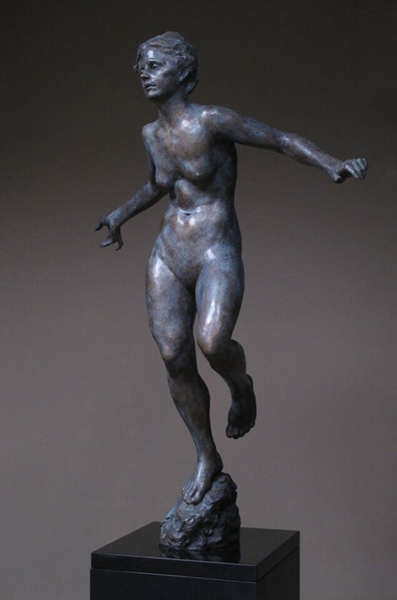
Part of what has contributed to Ponzio’s success is the fact that for her, form is language. She has become fluent in her sculptural voice, and her ideas flow into shape as easily as molten bronze into the mold. Through her artistic development, Ponzio discovered a comfortable way to voice and share her experiences and feelings with other people, “which is ultimately what it means to ‘connect’ in my mind,” she says. “I think often people are moved by a work of art that describes a feeling that they don’t know how to verbalize.”
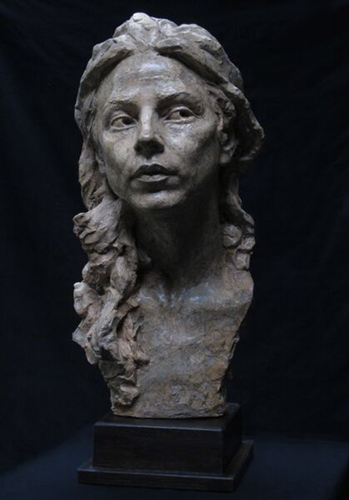
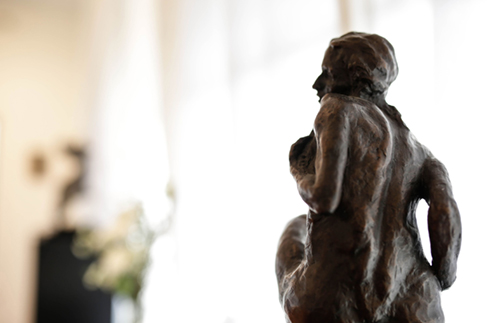
Recently, Ponzio has begun to push herself into new mediums, experimenting with combinations of wood, plaster, and silver. She writes, “For the past few years I’ve been focusing on expanding my skills and learning more about materials to broaden my vocabulary, to open my mind to new possibilities. Artistically, I’d like to create work that’s relevant to our time, that’s not purely autobiographical.” One can only imagine what masterpieces are in store as Ponzio continues to find and evolve her already established voice.
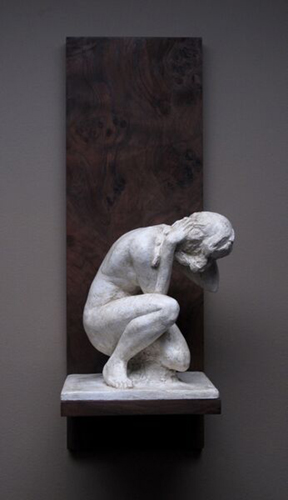
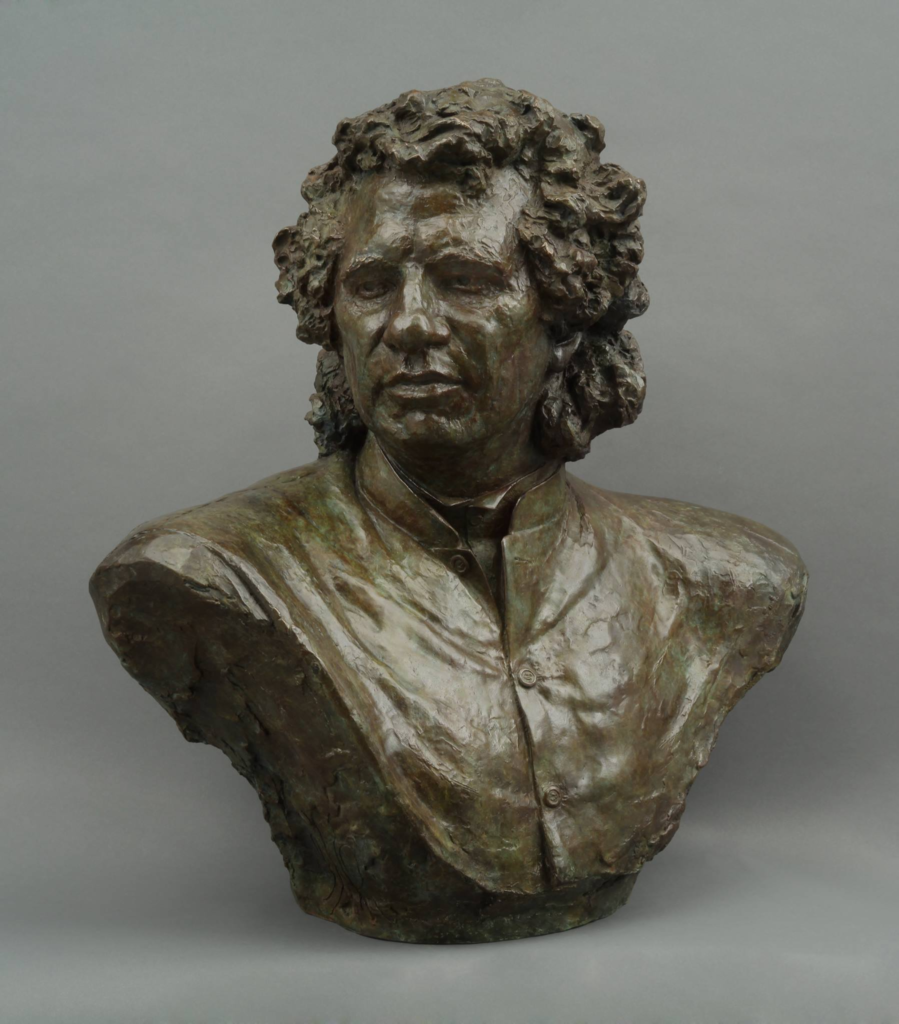
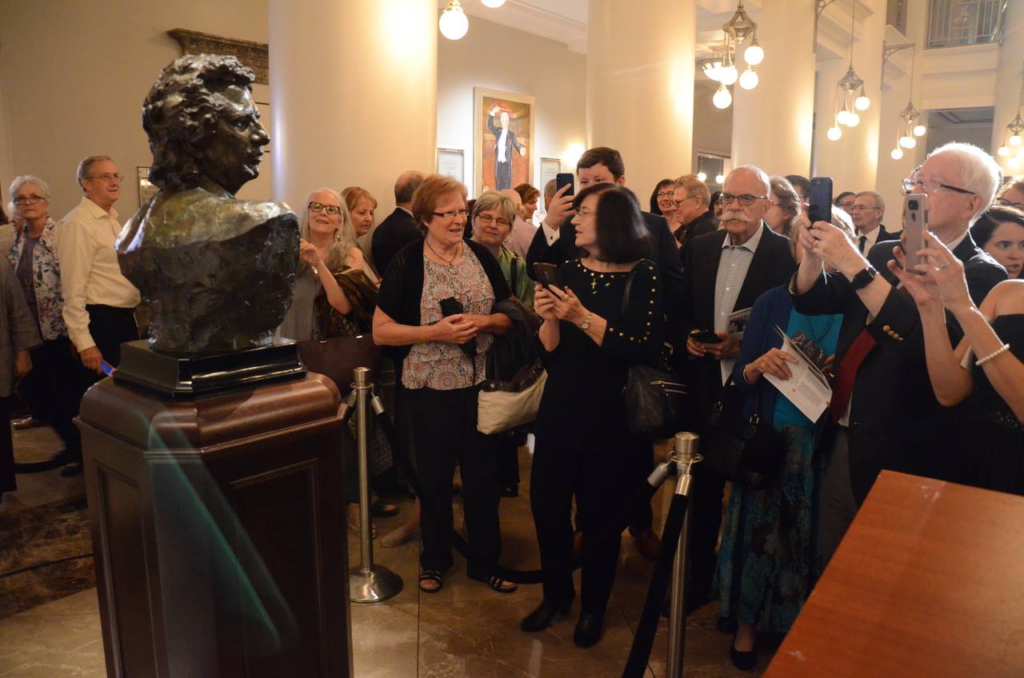
To learn more about the figurative art of Alicia Ponzio, visit AliciaPonzio.com.
> Sign up to receive Fine Art Today, our free weekly e-newsletter
> Click here to subscribe to Fine Art Connoisseur magazine, so you never miss an issue







